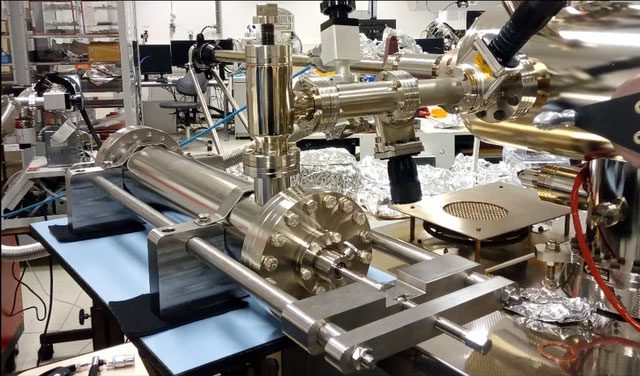After 50 Years, Scientists Will Finally Have the Opportunity to Study Lunar Gases Collected from the Apollo 17 Mission.
The planners of the Apollo mission decades ago had a long-term vision. Aware that future scientists would have better tools and richer scientific knowledge, they limited the opening of some samples brought back from the Moon through the historic Apollo missions. Now, one of these sample containers, after lying undisturbed for 50 years, will be opened.
The sample in question was collected by Gene Cernan in 1972. The astronaut involved in the Apollo 17 mission obtained it while working in the Taurus-Littrow valley. He used a hammer to drive a 70 cm long tube into the surface to collect soil and gas samples from the Moon.
The lower half of this container was sealed while Cernan was still on the Moon. Upon returning to Earth, the box was placed in a vacuum chamber to ensure its safety. Known as the Apollo Sample Container 73001, it remains intact to this day.

This tool will be used to open the sample container.
However, the time has come to open this box and investigate the valuable contents within, according to a press release from the European Space Agency (ESA).
They hope that lunar gases might be inside, particularly hydrogen, helium, and other light gases. Analyzing these gases could enhance our understanding of the Moon’s geology and clarify the best ways to store samples in the future, not just on the Moon but potentially on Mars or other planets as well.
Even the planners of the Apollo mission did not precisely explain how future scientists would extract the presumed gases from this vacuum-sealed container. Therefore, this task now falls under the responsibility of the Apollo Next Generation Sample Analysis Program (ANGSA), the entity managing these untouched treasures. In this case, ANGSA has tasked the European Space Agency, along with several other organizations, to find safe ways to release the trapped gases. This event also marks the first time ESA has participated in opening samples returned from the Apollo program.





















































